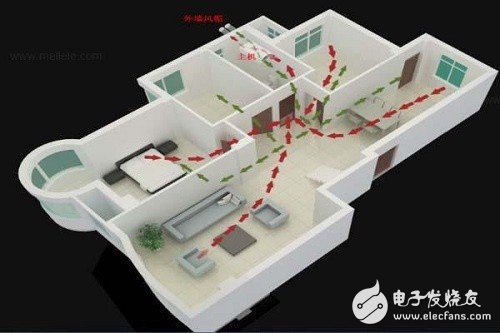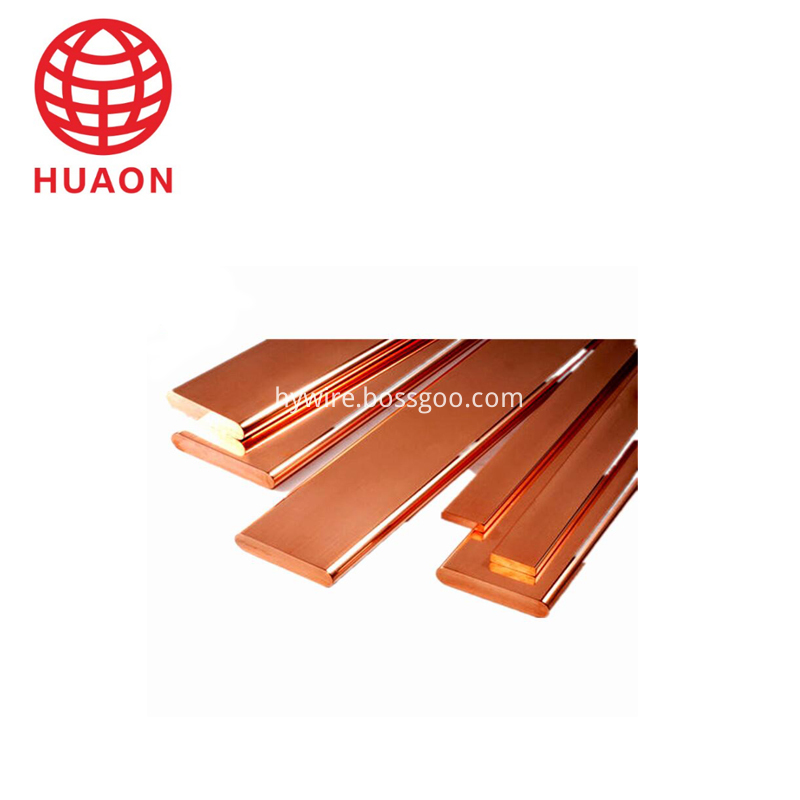Bus technology is gradually involved in many fields
Bus technology is a very common and very traditional IT technology. It is widely used and more industry. In modern big data, cloud computing, Internet of Things and other technologies, the bus technology is still practical and integrated with new technologies. Advance the progress of smart homes, networked alarms, etc.

About bus technology
Bus technology refers to a component that connects components to a computer processor. The components to be connected include the hard disk, memory, sound system, and video system. For example, to see what a computer is doing, it is typically a cathode ray tube (CRT) display or a liquid crystal (LCD) display. You need a dedicated hardware driver screen, which is typically driven by a graphics card. The graphics card is a small printed circuit board that can be plugged into the bus. By using the computer's bus as a communication path, the graphics card can communicate with the processor.
Professionally speaking, the bus is a structural form that describes an electronic signal transmission line. It is a collection of signal lines and a common channel for transmitting information between subsystems. Through the bus, information between components in the entire system can be transmitted, exchanged, shared, and logically controlled. For example, in a computer system, it is a common channel for transmitting information by the CPU, the memory, the input and output devices, and the various components of the host are connected through the host, and the external devices are connected to the bus through the corresponding interface circuits.
Bus technology is still in use today
Bus technology, the PC bus used by the early American International Business Machines Corporation (IBM) PC (circa1982), which has a bit width of 16 bits and a speed of 4.77 MHz. It was later officially known as the Industrial Standard Architecture (ISA) bus. This bus transfers data at a rate of about 9 megabytes per second, and can be used even in today's applications. In the early 1980s, early IBM PCs developed computer cards dedicated to this type of bus. Even after a large number of advanced technologies that could replace it, people still use the ISA bus.
This has the advantage of making it easier to replace individual components. If you want to replace a better graphics card, simply unplug the original graphics card from the bus and plug in the new one. If you want to install two monitors on your computer, just plug in two graphics cards on the bus.
The application of bus technology in modern life
Is enterprise bus technology necessary?
Once upon a time, Enterprise Service Bus (ESB) was seen as the core of enterprise IT. Today, not only has the ESB been attacked worse than it was abandoned, but several development trends seem to have questioned the simpler message bus. In this tip, we will explore this key issue: Bus technology should not be used, if not, what is the alternative?
The best way to do this is to assume that you will be busning when you have to. Today's application evolution focuses on the functional evolution of mobile and Web access drives, as well as virtualization and cloud-driven resource dynamics. Handling these two kinds of problems, you may be able to effectively handle the use of the bus.
For web and mobile evolution, you can develop front-end elements for existing applications, adopt a storefront-microservice architecture, and then deliver the results to a traditional bus-based application backend for processing to preserve existing software. The best approach is to terminate the Web flow into a component, use it to manage the state of the stateless front-end features, and then use the support for static data structures to isolate the components of the connected bus from front-end changes.
For the evolution of resource dynamization, it is expected that in most cases your problem will be to support the scalability of component instances under load changes, or to replace instances in the event of a failure. To deal with this problem, consider developing a new connection bus component that acts as a storefront for a microservice set used for horizontal scalability and failover services. In the end, you might replace the bus structure with one of several storefronts.
Bus technology has advantages in smart home applications
In smart home systems and hardware products, IoT technology has always been a top priority. However, due to the development of technology, in the IoT system, the bus system solution is more stable and has a stronger performance than the wireless system solution. Scalability, so in the smart home IoT system, has always had an absolute advantage.
The basic requirements of a smart home system are stability, reliability, and scalability. The stability and reliability of this is the absolute advantage of the bus system, which is unmatched by any wireless product. With the increasing demand for product networking by various home appliance manufacturers, home appliances with bus communication interfaces will be more and more valued. Smart home wireless products are more scalable and have the advantage of no wiring. However, due to the inherent characteristics of wireless, wireless products want to achieve better stability and reliability, and need to pay more research and development and testing.
In the future, complementary wireless and wireless home products are necessary. In the main area with high traffic and high stability, the bus control system is adopted to ensure the stability of the IoT technology. Compared with the smaller area, wireless control can be adopted. Systems, such as the current smart refrigerators, smart strips, etc., lighting using wireless technology to achieve smart home, only the line and wireless smart home control system through seamless docking, in order to better and more convenient to enjoy smart home Bringing speed.
Anti-theft alarm bus technology coexists with multiple technologies
The architectural form of the burglar alarm solution, in general, the large-area central platform networking uses PSTN, remote regional telephone lines; small areas, such as residential or building networking, mostly adopt bus system, which generally adopts bus technologies such as CANBUS and RS485. . In recent years, there has been a new shift in networking—the alarm networking has evolved toward TCP/IP networking. As far as the current application status is concerned, PSTN, RS485 type bus, TCP/IP networking, and wireless network will coexist because of their respective advantages, and will appear in quite new and old projects.
The bus system with Chinese characteristics originated from the application needs of Chinese-style residential quarters and public security technical defense management. Around 2000, the domestic community developed rapidly, and Chinese local manufacturers such as Congwen, Mei'an, Matsumoto, and Shanghai Lian Teng began to develop and develop a bus system alarm system. This type of bus alarm system has Chinese characteristics, and it does not resemble international standards like the PSTN. It only plays its role in the local area, connects to each household through the bus, and then manages the self-built computer platform in the community; in addition, there is no specific operational service in this mode, and the police ability and service quality are also greatly reduced to some extent. . Therefore, the operation of many community alarm systems is not well protected. However, at present, such a bus system still has a large market, and its bus (RS485, CANBUS, etc.) technology is mainly used for networking between buildings, and is often used in residential communities.
Application of bus technology in mine monitoring system to improve efficiency
Mine safety production monitoring system is a system that monitors and controls the gas, ventilation, drainage and other conditions of coal mines and the working status of various electromechanical equipments, and uses computer to analyze and process the acquired data. There are many types of monitoring transmission data, the number of measuring points is large, the measuring points are widely distributed, and the use environment is extremely bad. Therefore, the principle that the mining product follows in selecting the bus protocol between systems or devices within the system is high reliability, high speed, and high real-time.
At present, the network topology based on CAN and RS-485 generally adopts a terminal-matched bus type structure, and also does not specify the mechanical and material parameters of the bus cable. Therefore, replacing the RS-485 network with the CAN-bus network is very convenient and cost-effective. The original network layout does not need to be modified, and only the CAN node can be used to replace the RS-485 node. The main difference between this system and KJ93 mine safety production monitoring system is to replace the KJJ26 information transmission interface, monitoring system software and KJF20 workstation in the original system with CAN interface adapter, monitoring system software for CAN communication protocol and CAN based workstation. In addition, the monitoring host can also be connected to the server to access the LAN and the Internet for remote browsing and control.
| About Copper Bar |
Construction field, ships building industry, petroleum & chemical industries,
war and electricity industries, food processing and medical industry, boiler heat exchange, machinery and hardware fields. Stainless
steel pipe can be made according to the customers requirements.
Standard export seaworthy or as per customers' requirement

|
Machine for Quality. |
We have imported machine for protecting the quality of products.

Copper Bar
Copper Bar,Flat Copper Bar,Oxygen Free Copper Bar,Electrical Application Copper Bar Flat
HENAN HUAYANG ELECTRICAL TECHNOLOGY GROUP CO.,LTD , https://www.huaonwire.com